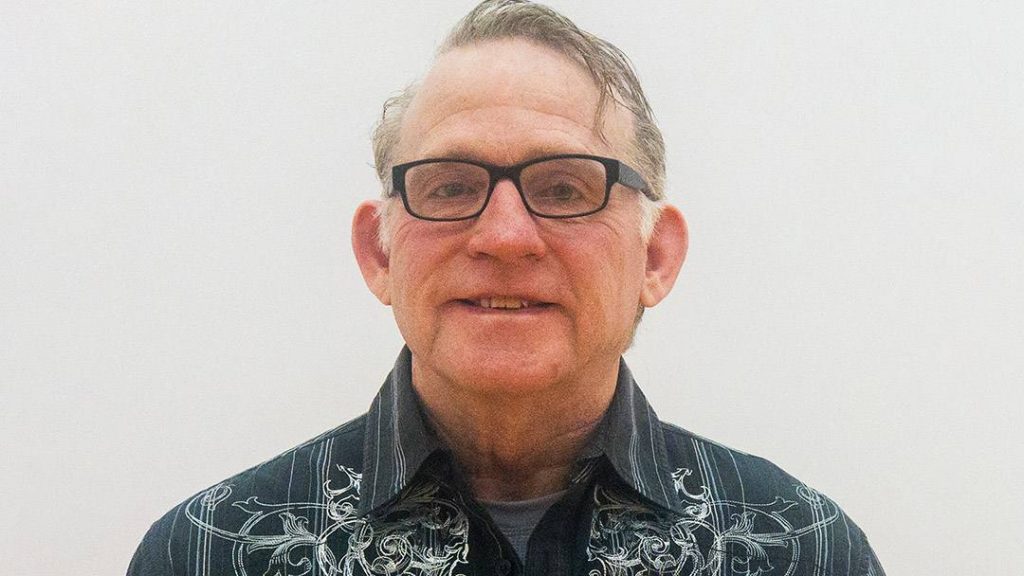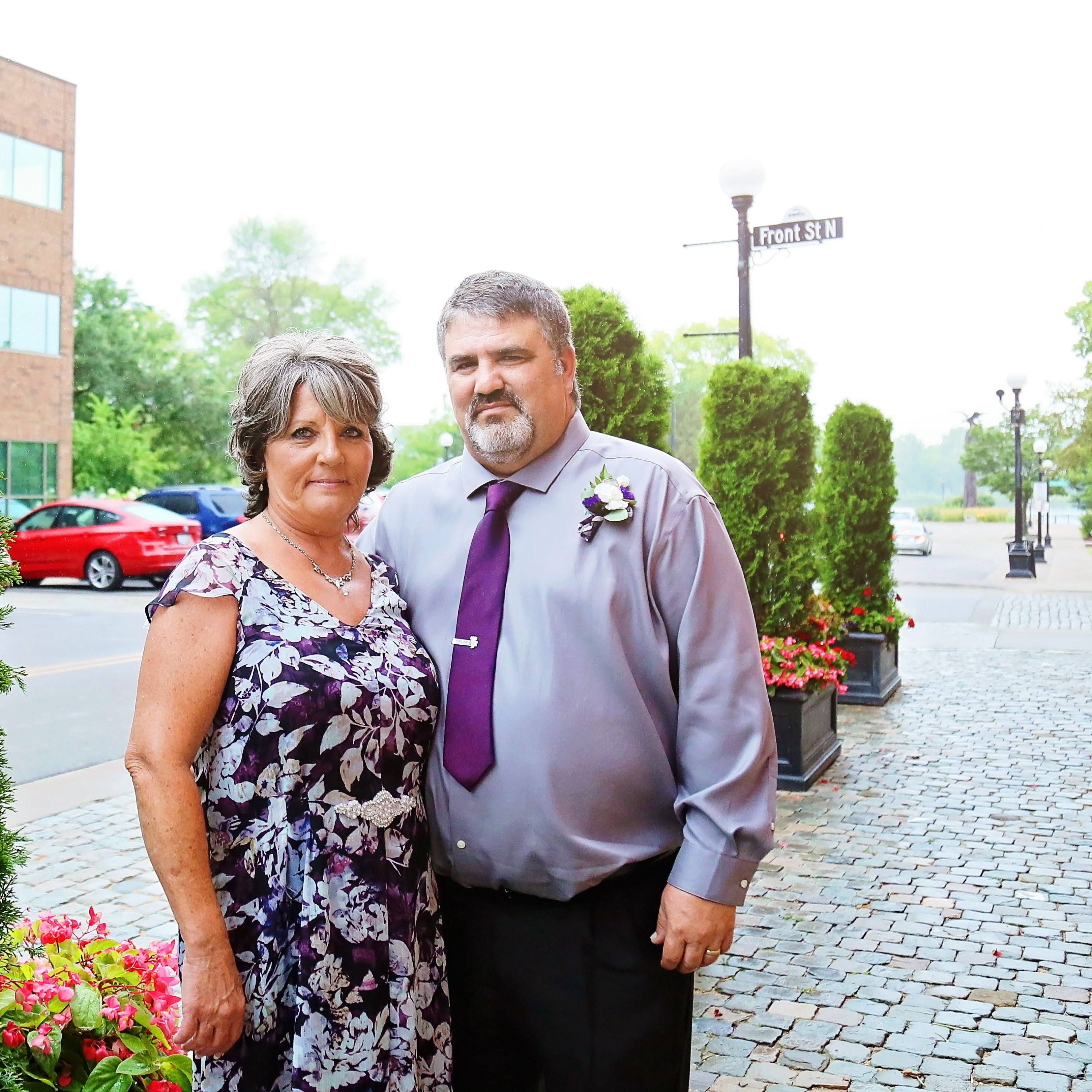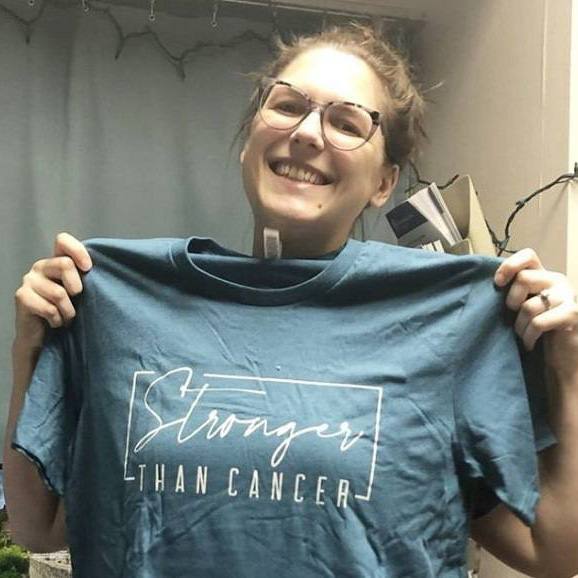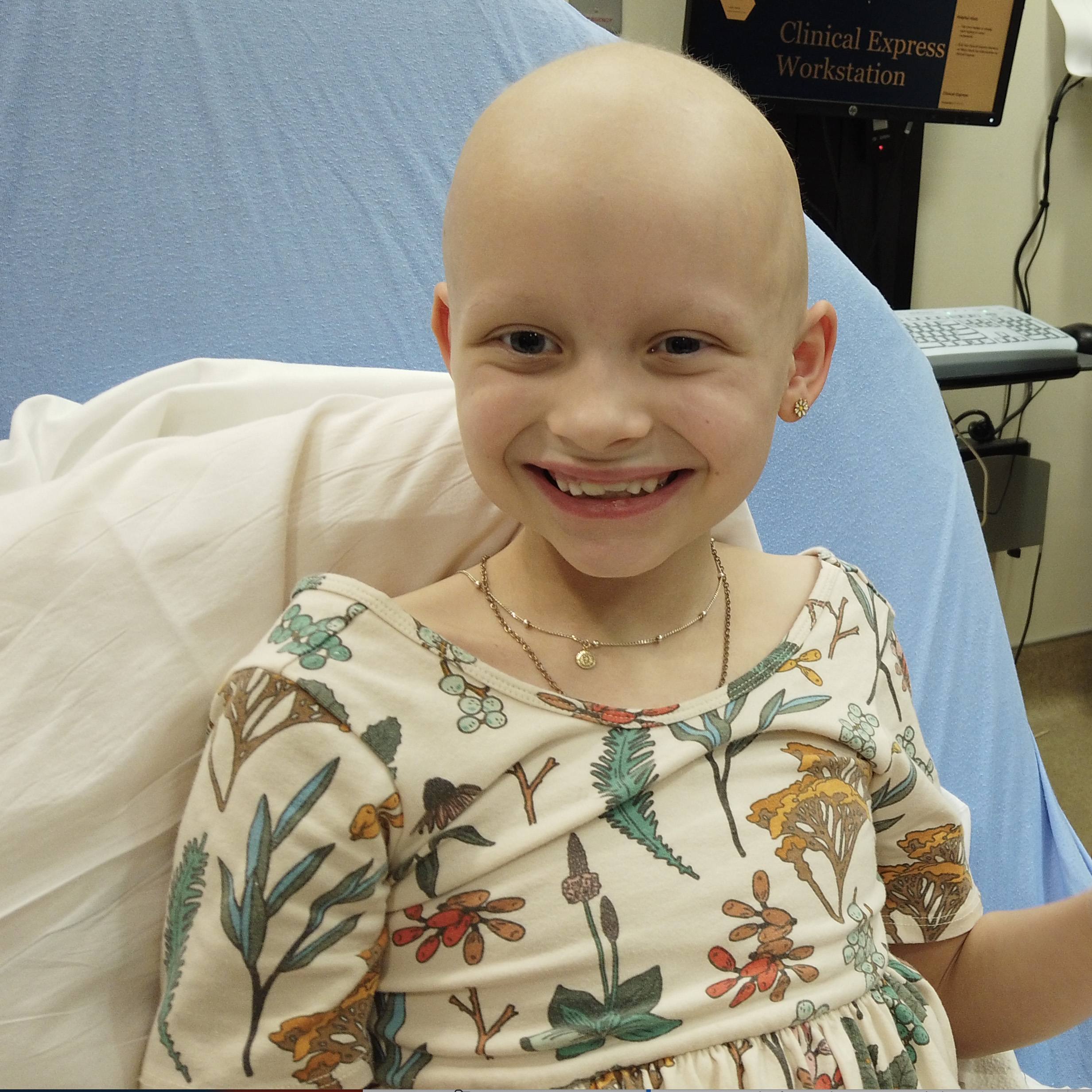
The car-bike accident Gary Pettis was involved in on Nov. 19, 2019, could have ended his life. But the accident led to an unexpected kidney cancer diagnosis and surgery at Mayo Clinic that saved Gary's life instead.
It might not have felt like it at the time, but the day Gary Pettis was hit head-on by the driver of a 4,000-pound SUV while riding his bike in his hometown of Mankato, Minnesota, was the luckiest day of his life. "The driver failed to yield and drove right into me," Gary says. "I landed on my back on the pavement."
Taken by Mayo Clinic Ambulance Service to the Emergency Department at Mayo Clinic Health System in Mankato, Gary was immediately wheeled back for a CT scan to assess the damage.
Miraculously, he suffered no serious injuries as a result of the accident. But as Emergency Medicine physician Paul Williams, D.O., read the results of Gary's CT scan, he realized that he'd be having a difficult conversation with Gary nonetheless. "The imaging showed he had a mass on his left kidney," Dr. Williams says. "Given that he was already in a sensitive state of mind, having just narrowly missed death, I knew we needed to be mindful of how we delivered that news to him."
Fortunately, Vignesh Packiam, M.D., a Urologic Oncology fellow at Mayo Clinic in Rochester, was working in the Emergency Department that day. Before Dr. Williams spoke with Gary, he asked Dr. Packiam to review the imaging, so he could begin crafting a treatment plan.
"Usually, a patient's most logical next step after a possible cancer diagnosis is to ask: 'What do we do now? How do we fix this?'" Dr. Williams says. "Having those answers on hand when those questions arise helps put patients at ease. It shows them that we've already thought about next steps before even delivering this news. That keeps us from having to backpedal, or worse, telling patients: 'I don't know'; 'I haven't thought about that yet'; or 'I haven't planned that far ahead.' Having Dr. Packiam in the hospital to help us tell Gary the exact kind of cancer we thought he had and the exact procedure that needed to be done to treat it was a huge advantage."
A critical conversation
Before they could discuss a treatment plan, however, Dr. Williams had to tell Gary about the diagnosis. "I brought one of our nurses with me for added emotional support," he says. "We thought that was the best way for us to deliver the news to him."
Prior to going into Gary's room, the duo made sure there'd be no distractions. "We got rid of every electronic device that could possibly go off before we entered his room to ensure none of them would go off while we were talking with him because it was a pretty critical conversation we needed to have with him," Dr. Williams says.
"He gave me the entire rundown and introduced the word 'cancer' to me for the first time. As soon as he said 'cancer,' the nurse put her hand on my shoulder."
Gary Pettis
As the conversation began, Gary recalls that the care team did more than just talk. "Dr. Williams comes into my room, asks the nurse to remove the neck brace I'm wearing, pulls up a monitor and then proceeds to explain they'd found a tumor wrapped around one of my kidneys," Gary says. "He used the monitor to show me the differences between my right kidney, which was good, and my left kidney, which was bad. He gave me the entire rundown and introduced the word 'cancer' to me for the first time. As soon as he said 'cancer,' the nurse put her hand on my shoulder."
For as much of an emotional blow as that conversation was, it's what Dr. Williams said next that surprised Gary the most. "After telling me I very likely had kidney cancer, he said, 'But this is your silver lining …'" Gary says.
As if on cue, Dr. Packiam entered the room. "Looking at his imaging, one of the first things I noticed was not only did he have a renal mass, but it had also started to invade a vein," Dr. Packiam says. "On top of that, what also made his case particularly tricky was that he had a duplication of his inferior vena cava, which is a big vein that runs up and down the back of the body. That was going to make the management of his tumor more complicated."
That was the bad news. The good news — the silver lining — was that, thanks to the accident, they had discovered Gary's tumor early when surgery to remove the diseased kidney would still offer the chance for a cure.
A charitable approach to surgery
Given the complexity of his case, Drs. Williams and Packiam recommended that Gary have surgery at Mayo Clinic in Rochester. "Because of the anomaly with his vein, I thought it was important for him to come to Rochester," Dr. Packiam. "He was very receptive to that."
Three days after his accident, Gary was scheduled to be seen in Rochester by surgical urologist R. Houston Thompson, M.D. When the day of his appointment came, however, Gary was a no-show. When one of Dr. Thompson's nurses discovered it was due to insurance issues, she took action. "After Gary missed his initial appointment with me, she looked up his chart and immediately recognized the severity and acuity of his medical problem," Dr. Thompson says. "She then sent me an email asking if I'd consider applying for charity care on his behalf."
Applying for assistance on behalf of a patient was not new to Dr. Thompson, but it almost always occurs after he meets the patient face to face. "It's uncommon for me to be shown records of a patient I've never met and to then submit for charity care on their behalf," he says.
"I knew we needed to do something to help him sooner than later."
R. Houston Thompson, M.D.
After reviewing Gary's health record, Dr. Thompson realized Gary's case was anything but common. "His tumor thrombus (blood clot) was the main issue, along with his duplicated inferior vena cava," he says. "The problem with the tumor thrombus was that if it were to progress, it could go all the way up to his heart and completely change the operation. It could have also broken off and become immediately fatal. I knew we needed to do something to help him sooner than later."
Dr. Thompson submitted Gary's application for care. Two weeks later, with that paperwork approved, Gary was prepped for a surgery to remove his left kidney. That surgery was performed by Jason Joseph, M.D., chief Urology resident, under the guidance and supervision of Dr. Thompson.
"The surgery went great," Dr. Joseph says. "It was a little more challenging from a technical perspective, simply due to his vascular anomaly. But thanks to his preoperative MRI, we were able to study his vascular anatomy in great detail prior to surgery, such that nothing we encountered during surgery was unanticipated. His blood loss was minimal, and he was walking the halls later that evening."
"I was, honestly, a pretty crabby patient because I was in so much pain. But my entire care team was great with me. And with time, everything started to feel better and better."
Gary Pettis
At the time, that walk felt like a monumental achievement. "It was really hard, and I could only take like four steps at a time before I'd get out of breath," he says. "Getting out of bed to go to the bathroom was also very challenging for me after my surgery because it hurt to move. It hurt to stand up. It hurt to walk. It hurt to sit down. It pretty much hurt to do everything for a while. I was, honestly, a pretty crabby patient because I was in so much pain. But my entire care team was great with me. And with time, everything started to feel better and better."
A silver lining
Today, all that pain is gone, and Gary has a new outlook on walking. "Walking's my preferred method of exercise now," he says. "I walk every day."
He can do that thanks to the accident that could have ended his life, but that saved it instead. "None of this would have happened had I not been hit by that SUV," Gary says. "Everything was working fine before the accident. I had no symptoms. I felt great. I would have never had that initial CT scan had I not been in that accident."
That type of scenario plays out for many people with kidney cancer Dr. Joseph says. "With the increasing widespread use of imaging such as CT and ultrasound, the majority of kidney cancers we now see are incidentally diagnosed in a very similar manner — on imaging obtained for evaluation of completely unrelated medical problems," he says. "Had Gary's tumor not been found incidentally, it would have been much more advanced before he was symptomatic. He would have been at great risk for life-threatening complications related to the tumor growing into his inferior vena cava. So yes, that car accident was his silver lining."
HELPFUL LINKS
- Learn more about the symptoms and causes of kidney cancer.
- Read about the Department of Urology.
- Check out Mayo Clinic Health System.
- Explore Mayo Clinic in Rochester.
- Request an appointment.







